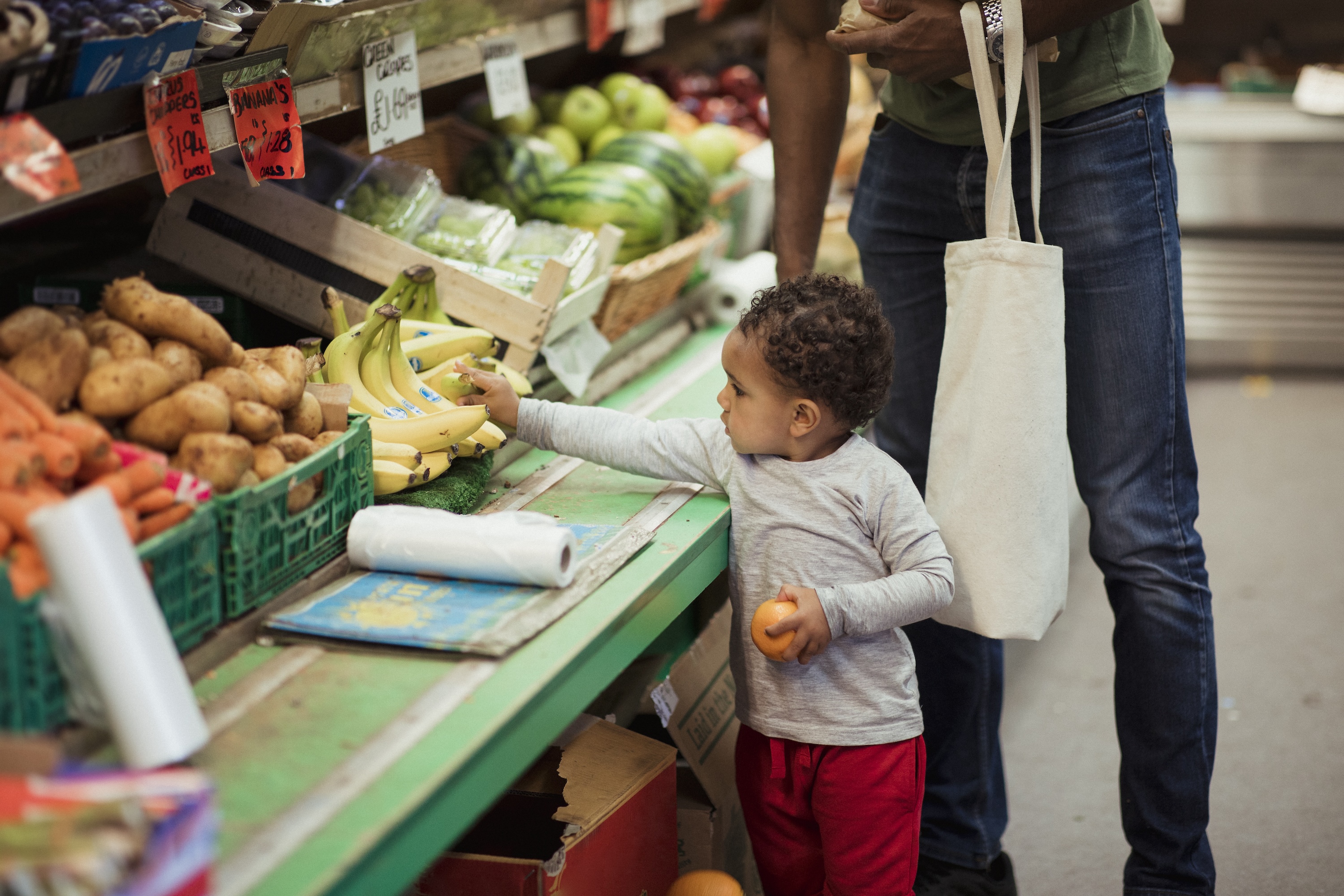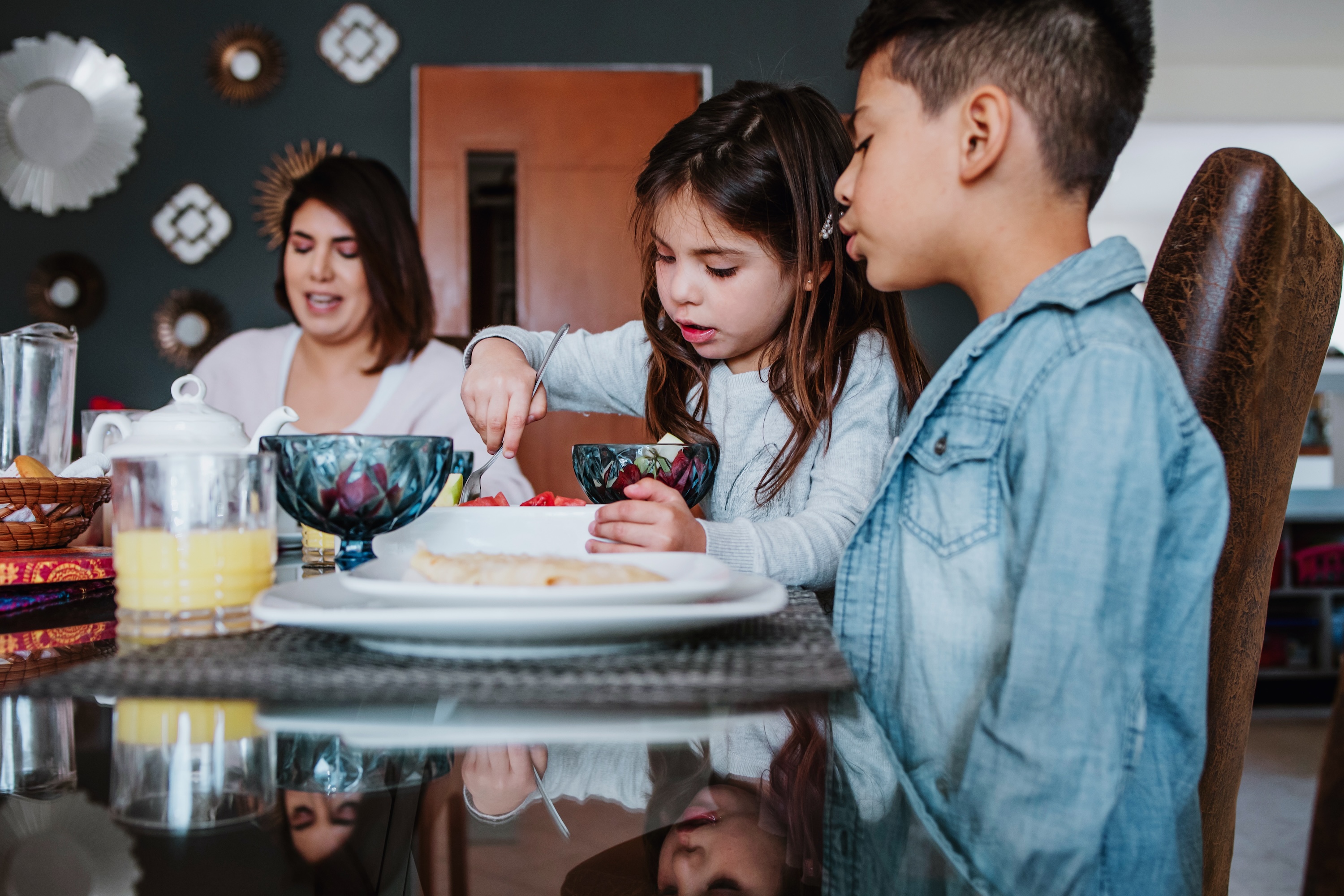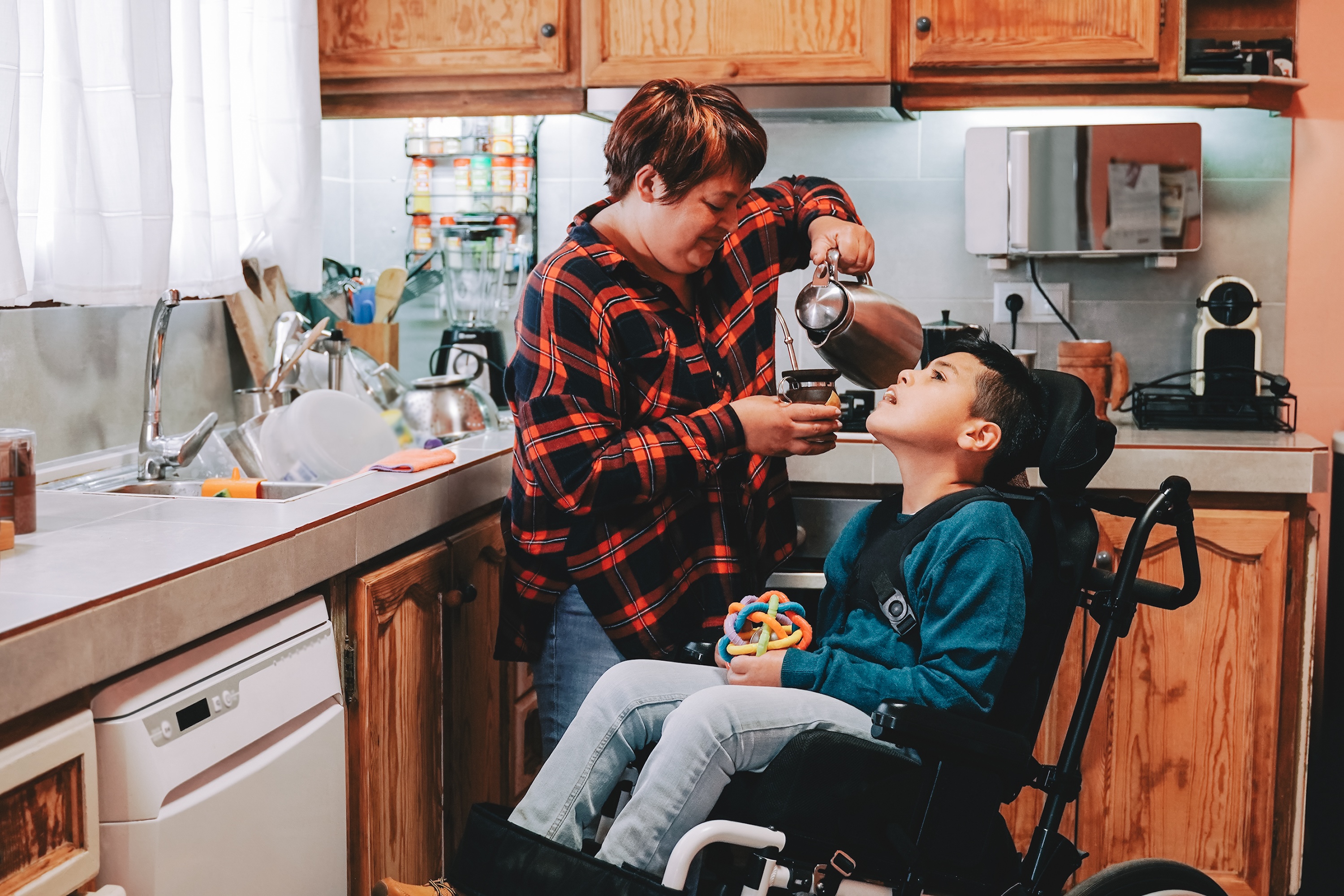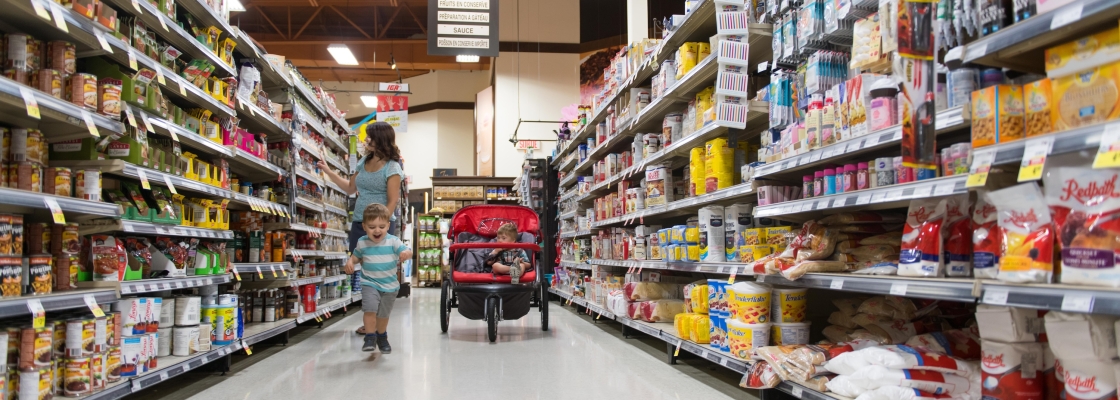
Supplemental Nutrition Assistance Program (SNAP)
The Supplemental Nutrition Assistance Program (SNAP), named the Food Assistance Program (FAP) here in Michigan, is the country’s largest food assistance program. Nearly 90% of eligible Michiganders rely on this program.

WIC
The Special Supplemental Nutrition Program for Women, Infants, and Children (WIC) is a targeted nutrition program that supports pregnant and postpartum women, infants, and children up to age 5. WIC provides support for over 300,000 Michigan parents and children.

Pandemic EBT
The Pandemic Electronic Benefit Transfer (P-EBT) program provided assistance for food to students who lost access to school meals due to COVID-19. The program served as a model for our Summer EBT program.

School Food Distribution
During non-pandemic times, the federal government’s National School Lunch Program and School Breakfast Program provide school-aged children with free or reduced price breakfast and lunch at school. In their place, during the pandemic over 2,000 school food distribution sites were established across the state to serve families.

Charitable Food System
The charitable food system includes organizations large and small that provide free or low-cost foods to families in need.

Creative and Informal Methods of Obtaining Food
Nearly all families experiencing food insecurity draw on informal networks of food support and identify methods to obtain food outside of established assistance systems.

Hispanic/Latino Families
Over 560,000 Michiganders identify as Hispanic/Latino, equaling nearly 6% of the state’s population. Unfortunately, both nationwide and in Michigan, Hispanic/Latino households are more than 2 times more likely to experience food insecurity than White households.

The Upper Peninsula
Michigan’s Upper Peninsula (UP) is a place of incredible beauty. At the same time though, nearly 38,000 households in the UP report being food insecure, equalling 13% of the total population.

Disability and Food Insecurity
Food insecurity disproportionately impacts individuals with disabilities and their families.

